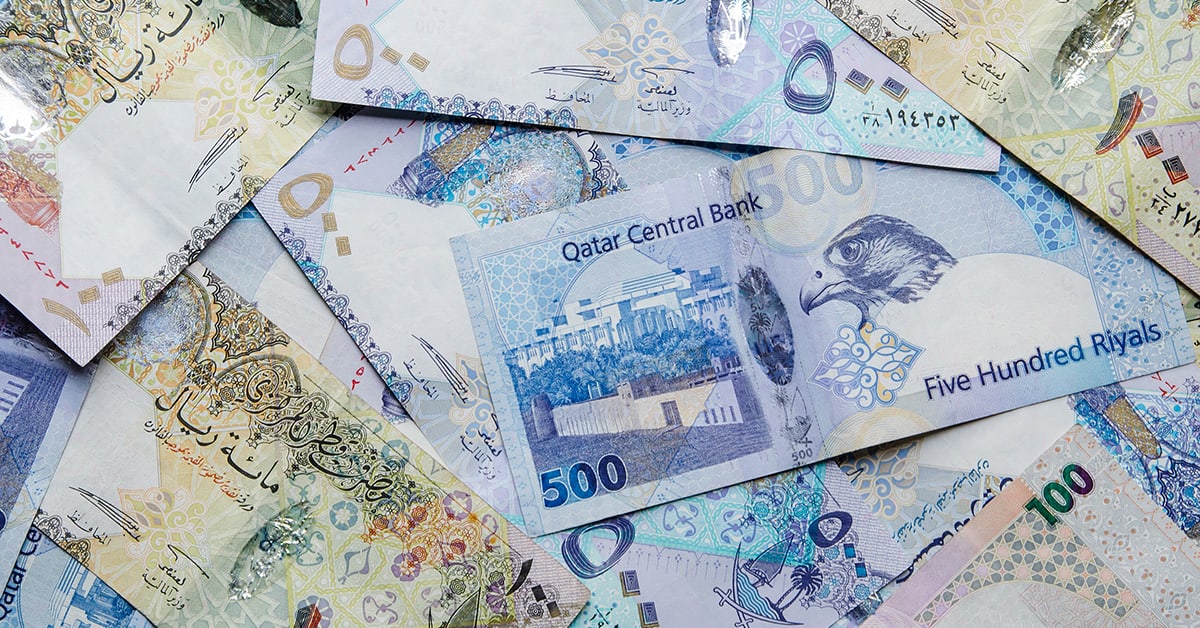Middle Eastern states hit the international debt markets with gusto in 2020, setting a record. Issuance is expected to be even higher this year.

Debt issuance by Middle East and North African (MENA) governments reached an all-time high of $120.7 billion in 2020, up 15% from the previous year, according to Refinitiv’s MENA Investment Banking Review. Issuances by Gulf Cooperation Council members also set a record, crossing the $100 billion mark for the first time.
The largest issuance was from Qatar’s Ministry of Finance, raising $10 billion. The United Arab Emirates and Saudi Arabia were the most active issuer nations, securing $40.6 billion and $31.4 billion in bond proceeds, respectively, Refinitiv data show.
Where did all the money go? Sovereigns dominated the board. “The debt was issued to fund deficits,” says Krisjanis Krustins, director and GCC sovereigns analyst at Fitch Ratings.
International placements, notably eurobonds, were the road most traveled. The bulk went to oil-producing GCC sovereigns hamstrung by budget and current account deficits, aggravated by lower prices for crude. “The coronavirus reinforces that trend,” says Krustins.
What to expect in 2021? “Governments in the Gulf are still likely to favor international bond issuance over other forms of financing for the time being but they will not need to issue as much as last year,” says James Swanston, MENA economist at Capital Economics. So far, international debt issues have begun in relatively sluggish fashion, with just three placements: Saudi Arabia ($5 billion), Bahrain ($2 billion) and Oman ($3.25 billion).
The Oman bond appears especially significant. Investor taste for exposure to the sultanate had soured due to fiscal weakness, potential social instability and continued dependence on GCC support to soldier on. Fitch downgraded the country to BB- and gave it a negative outlook last year, putting it on par with Jordan. Oman had managed to raise $2 billion in October, but against reports that it wanted to raise perhaps twice that, the offering was deemed “not very successful,” Krustins recalls.
Since then, the outlook has brightened. Oman announced reforms that included the introduction of a value-added tax in 2022, subsidy adjustments and a groundbreaking—for the region—personal income tax. “At the start of this year, there seemed to be renewed optimism,” Krustins says.
Regionwide, close observers expect a continuation of large issuances on international markets, with Saudi Arabia in the lead. The Saudi Public Investment Fund, a sovereign wealth fund (SWF), has been at the forefront of several extremely ambitious development projects. Kuwait and Oman are also expected to remain active.
GCC foreign borrowing should top $50 billion this year, including over $20 billion from Kuwait and the UAE, according to a Fitch report in December on SWFs. Fitch also expects Gulf states to generate about $45 billion in local issuance, primarily from Saudi Arabia. That’s still significantly lower than last year’s record fundraising.
Still, international debt markets will remain a favored tool. Dollar revenues, Swanston explains, “help plug both budget and current account shortfalls, which help authorities bolster defense of their dollar pegs,” and thereby hold on to their substantial foreign exchange savings. For the richest Gulf countries, Krustins points out, “the expected returns on assets abroad are greater than the yield on the debt.”
To be sure, Lebanon is in default, and analysts are watching countries with high debt ratios. But concern about the debt surge is generally muted. “Public debt-to-GDP ratios will rise as a result of the increased issuance,” notes Swanston. “But, for the most part, this does not pose a major risk to the Gulf economies, given debt burdens are relatively low. If anything, it will help with the adjustment to lower oil prices in the future.”



